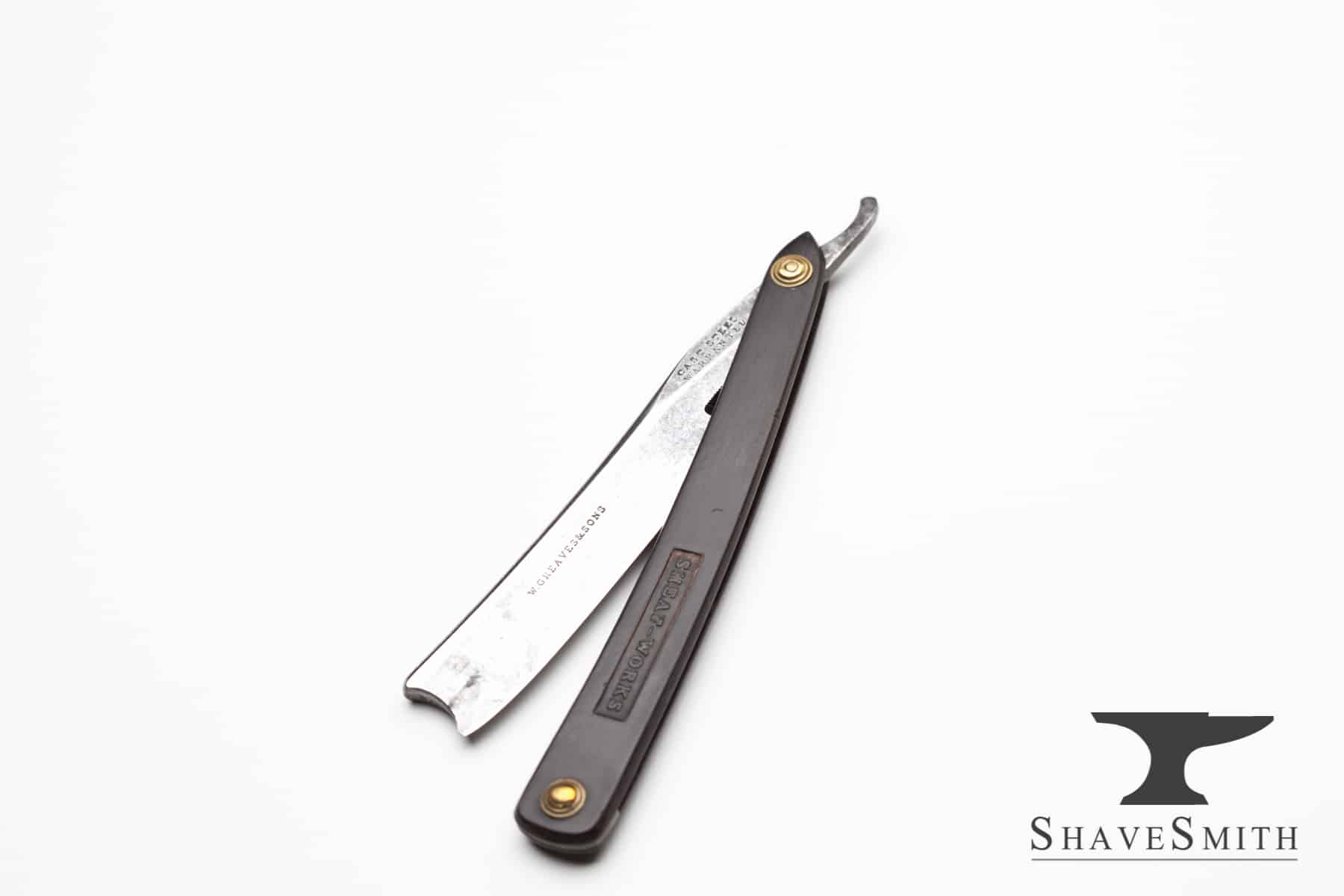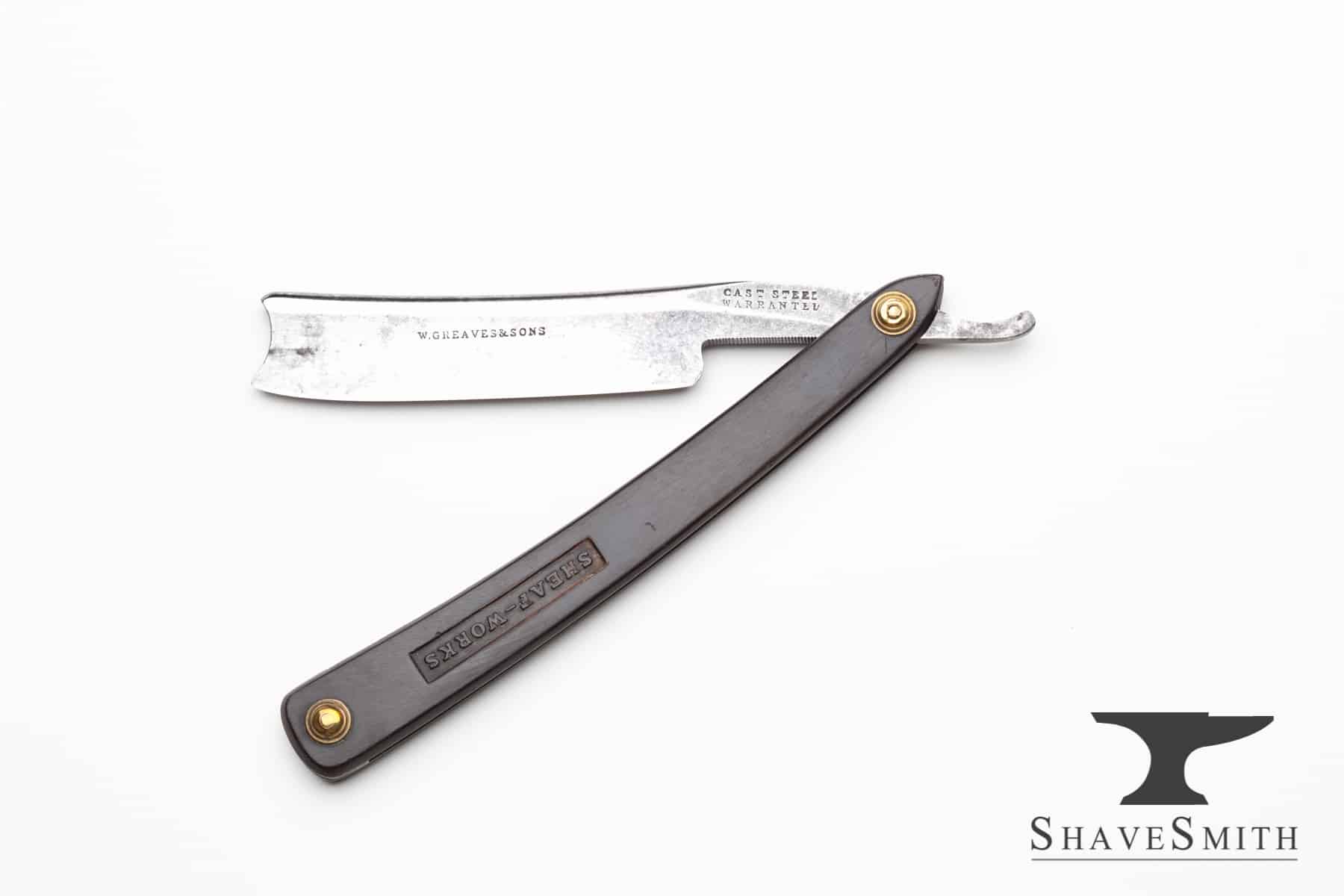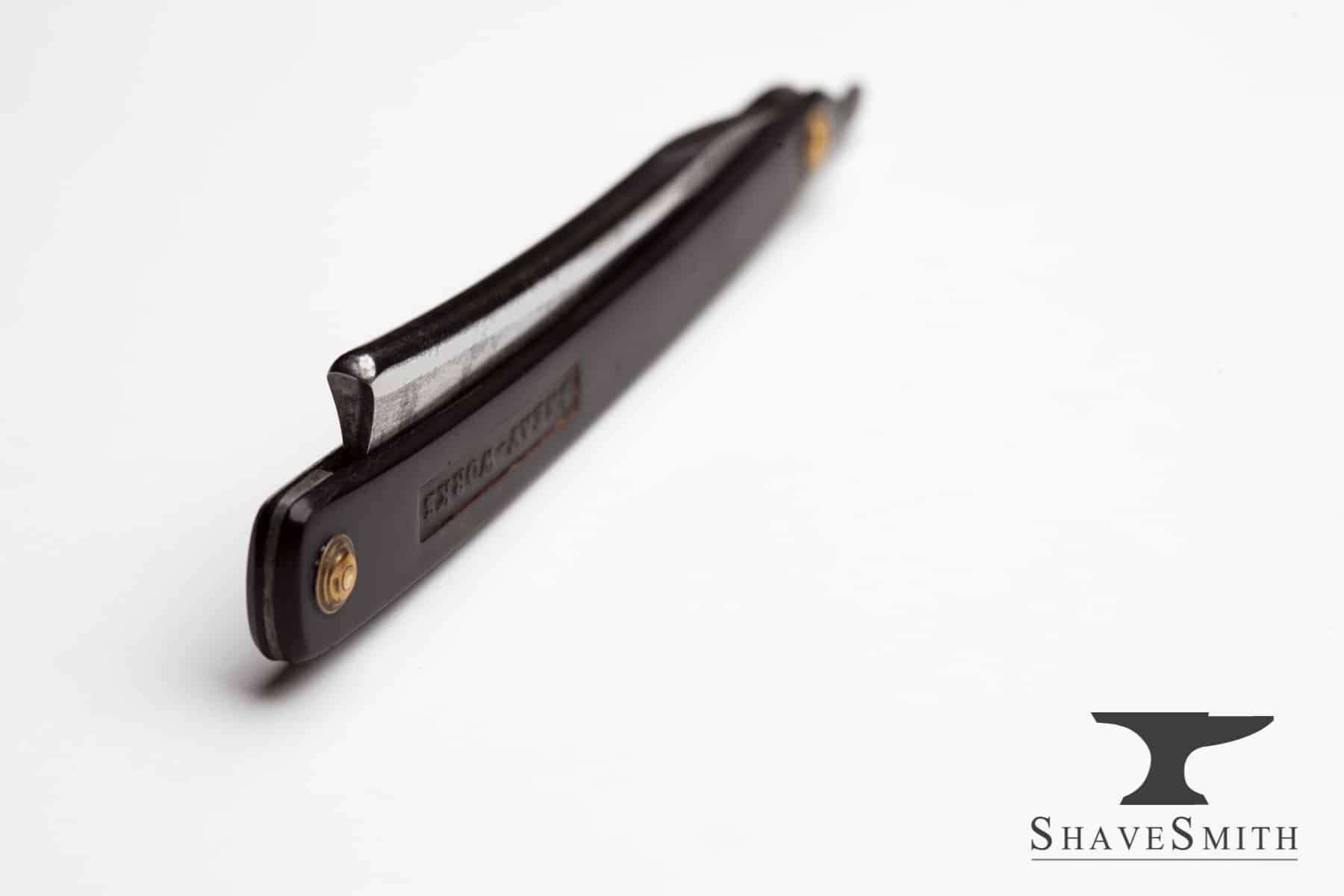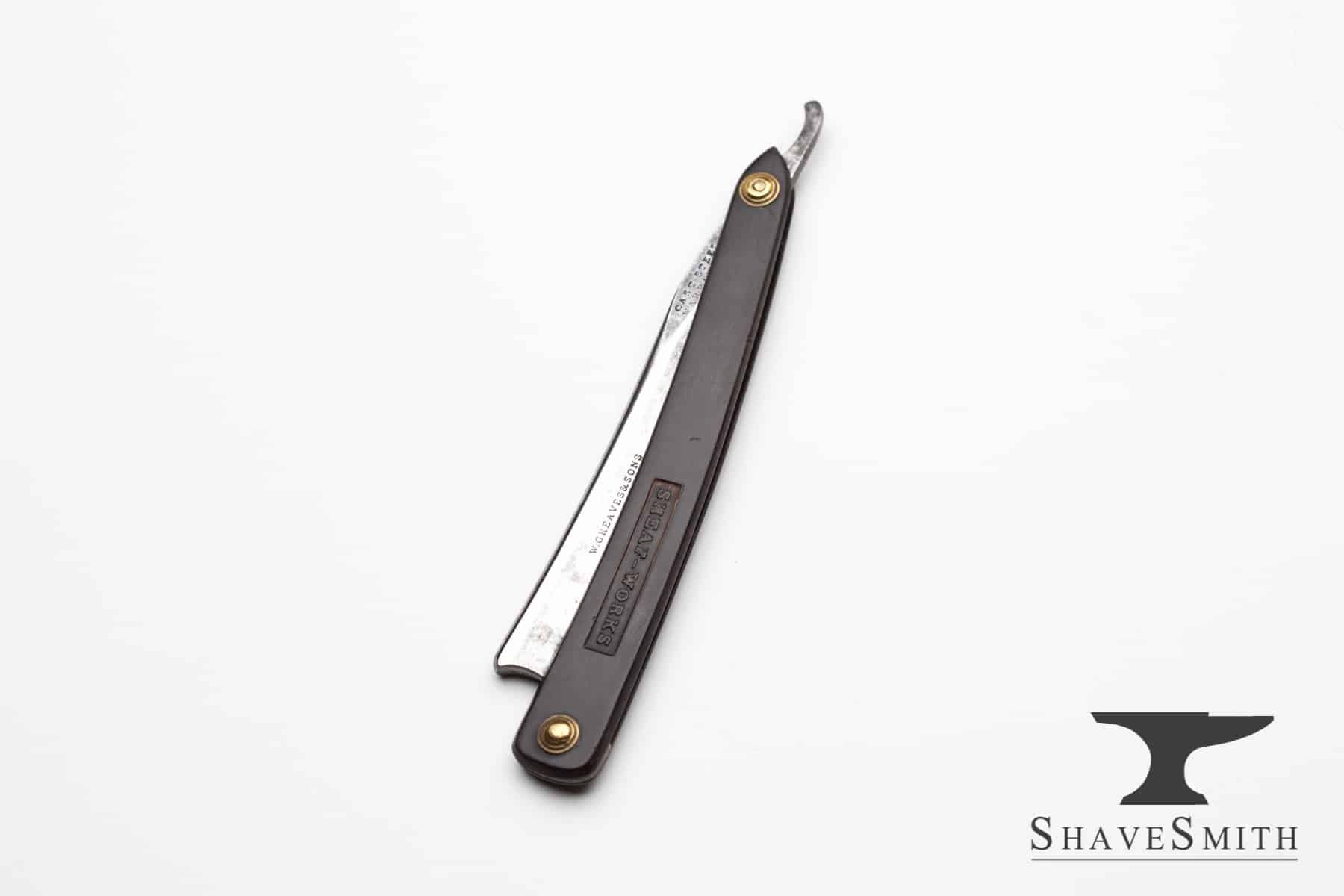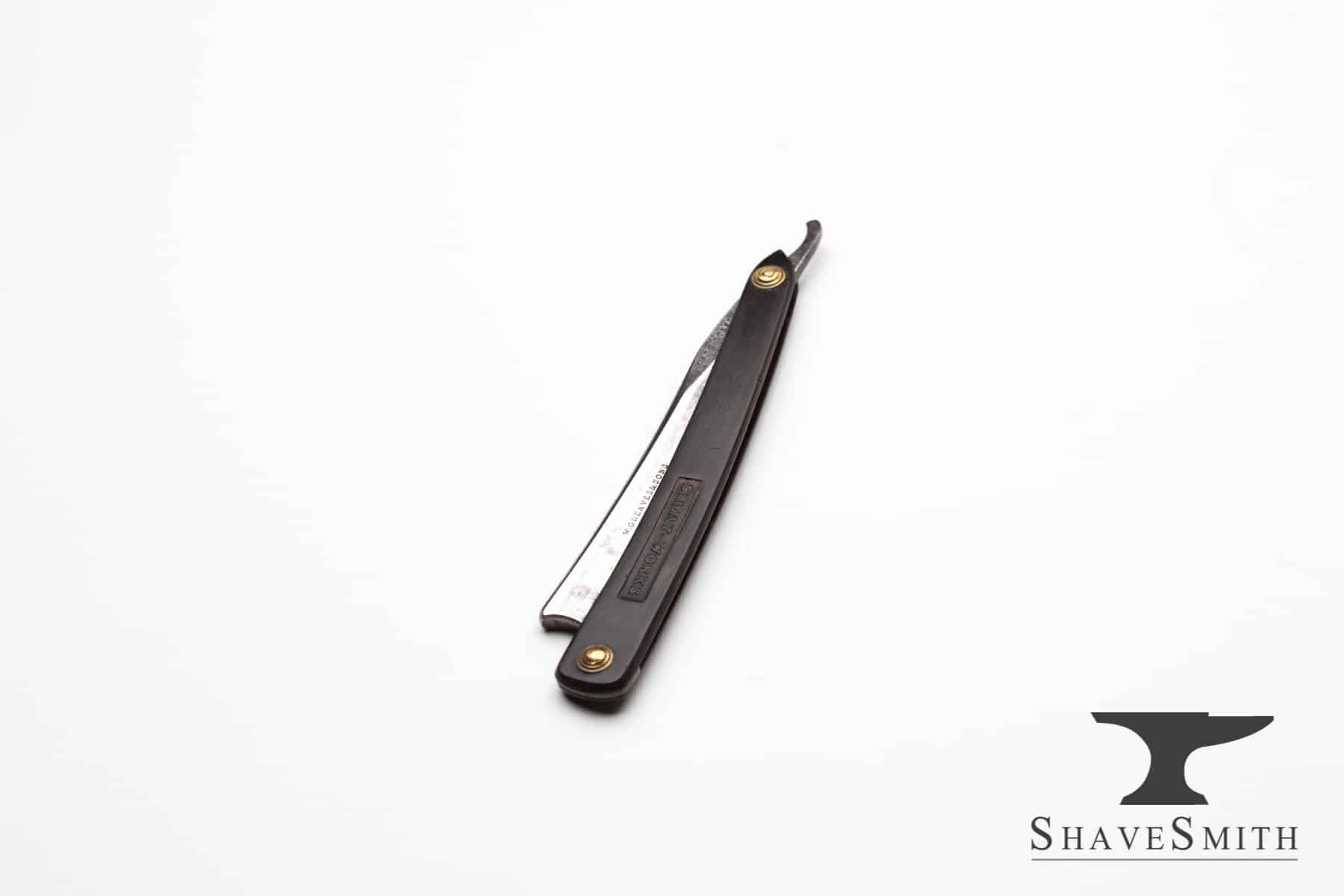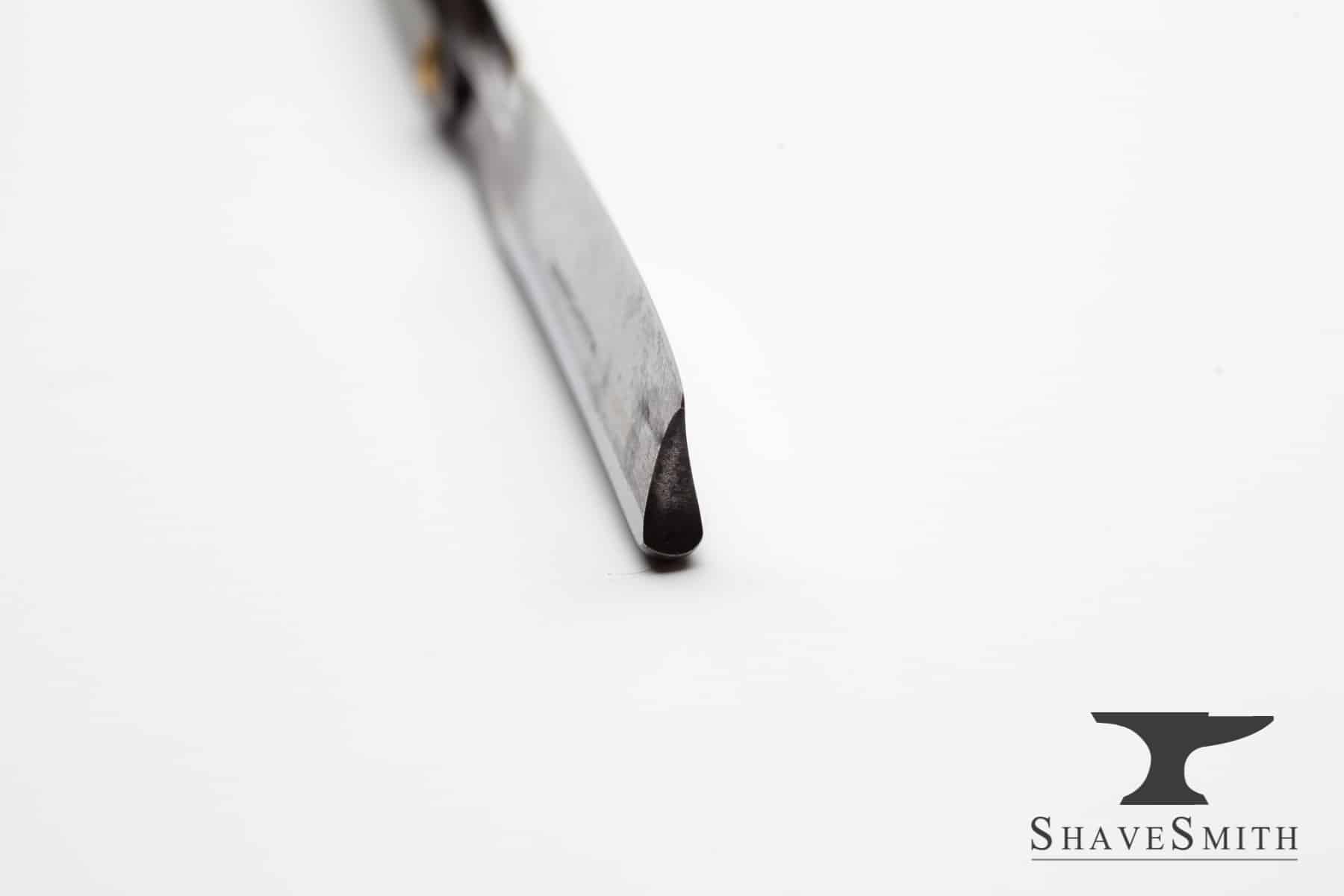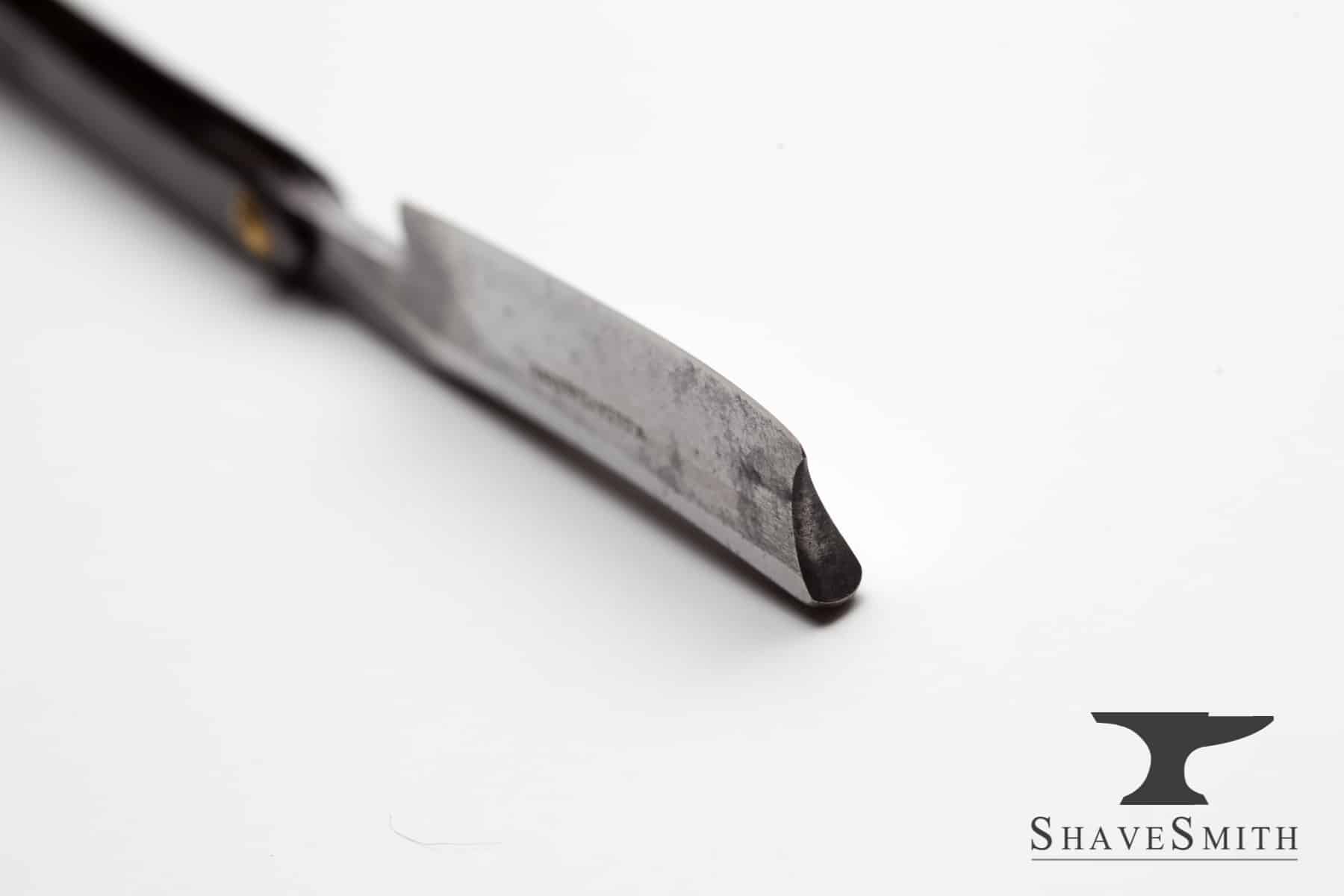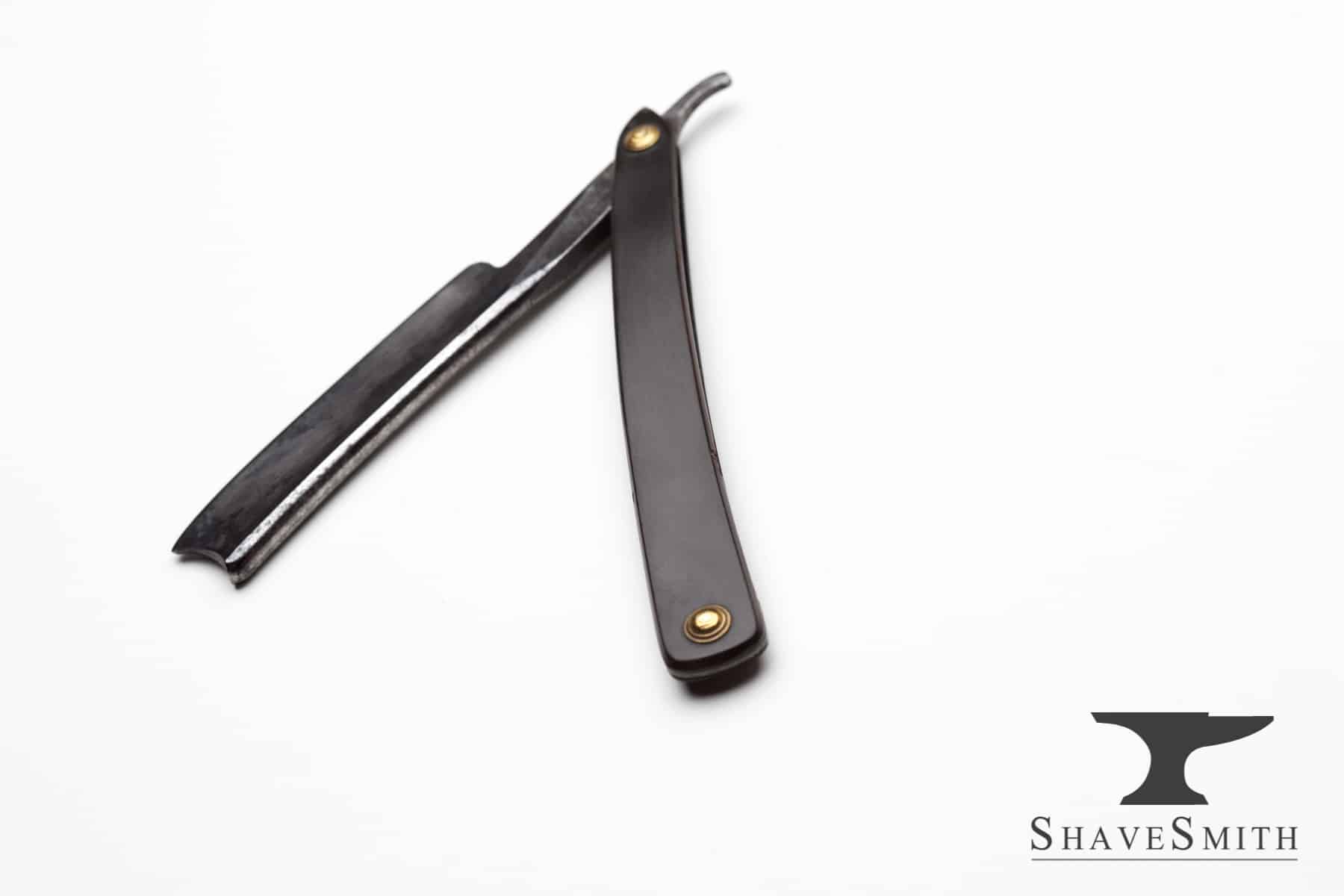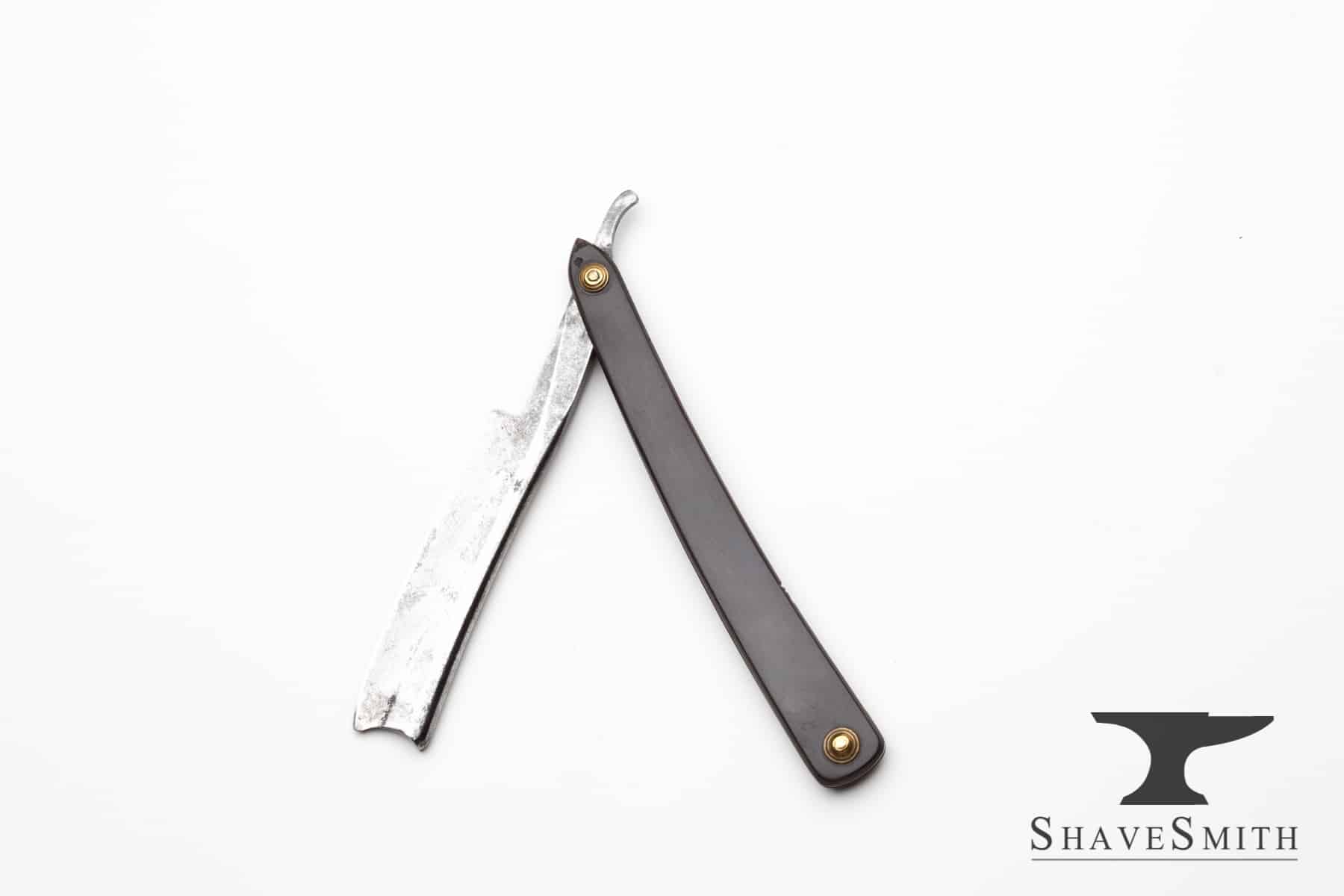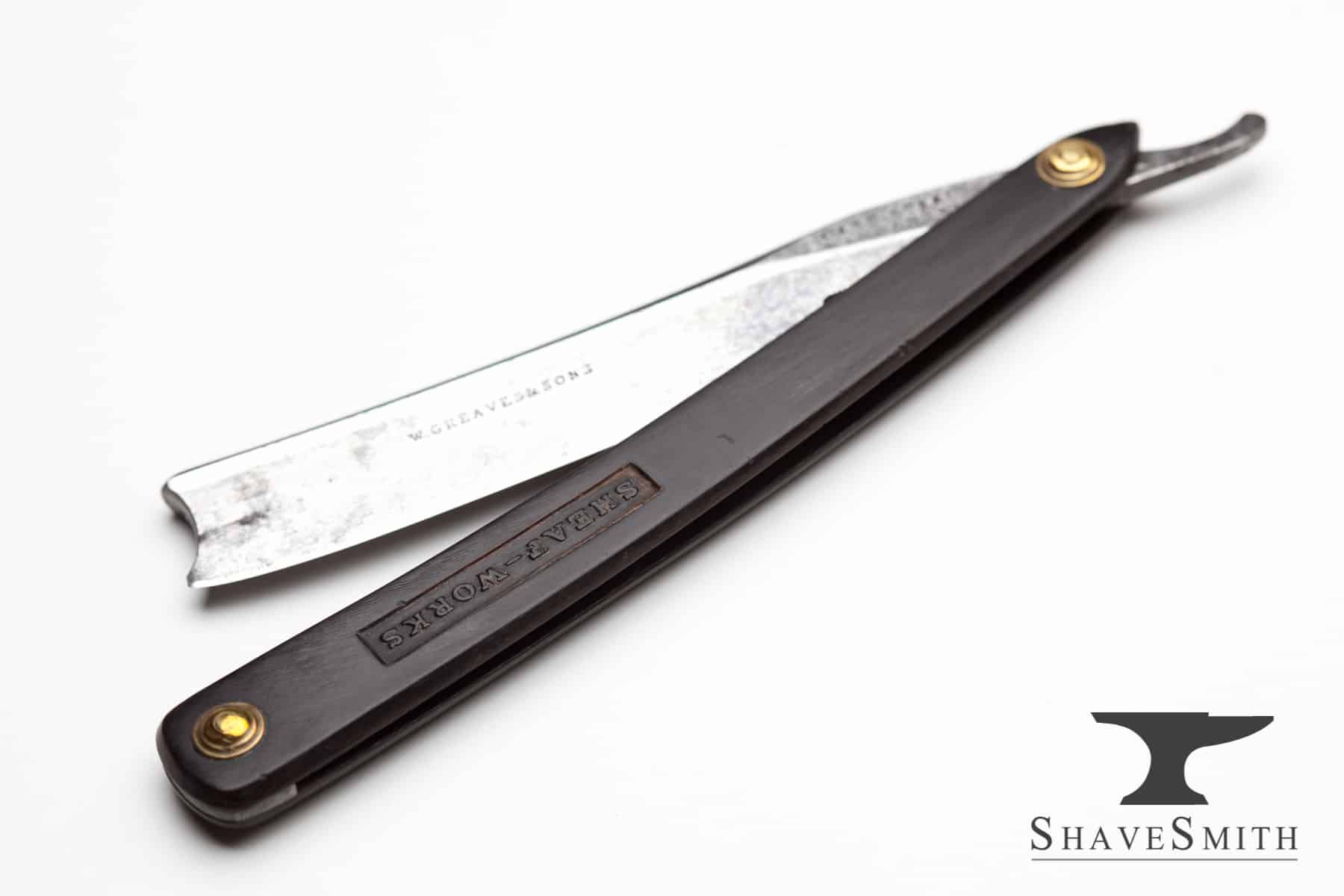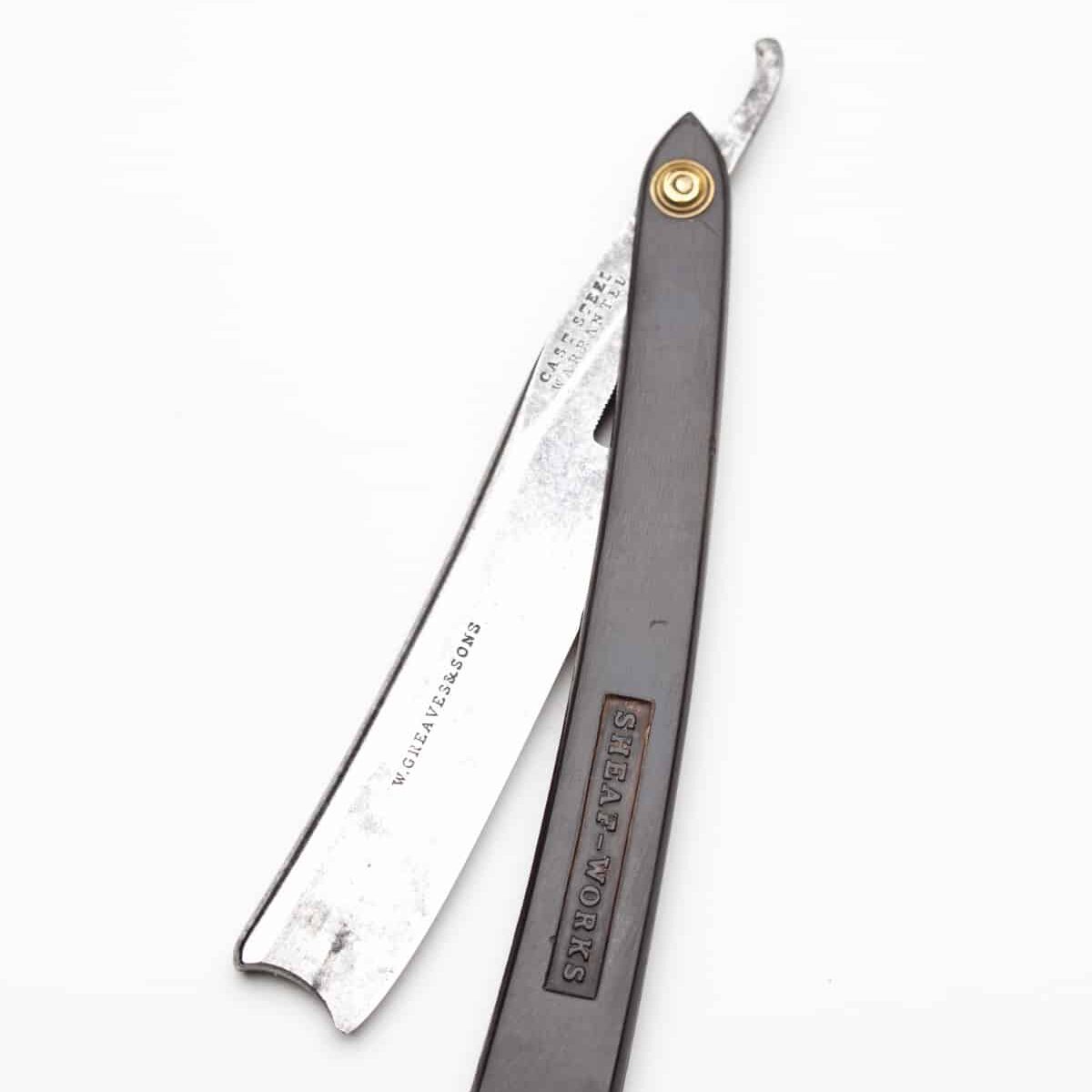The Blades of Sheffield
Sheffield made, both haft and blade.
London, for your life, show me such a knife.
–etched on the blade of an 18th-century Sheffield straight razor
Like the Thames through London, the River Sheaf wends through Sheffield, the source of the city’s name and undercurrent of its legendary cutlery trade. The Sheaf served as the vehicle for Sheffield’s commanding growth from the 17th century into the age of industry, powering cottage smithies and massive ironworks, cutler’s wheels and factory mills grinding scythes and saws, cutting straw and hay, and ultimately honing finer blades.
What really distinguishes Sheffield, England among 21st-century blade enthusiasts is its concentration of master bladesmiths of the late 18th and early 19th centuries. These include legends like W. Greaves & Sons, Joseph Rogers & Sons, Joseph Allen & Sons, Frederick Reynolds, and Wade & Butcher. Straight razors from these masters have been passed down for generations, surviving the scourges of age, use and the elements. They are testament to the quality of Sheffield steel.
The clandestine experiments of Benjamin Huntsman, an 18th-century Sheffield clockmaker questing for a stronger clock spring, led to the large-scale production of crucible steel in Sheffield. By the mid-1800s, crucible furnaces in the city were firing up nearly half of all the steel in Europe (production in Sheffield had risen from 200 to 80,000 tons of wrought iron in just a century). Steel-making tools and techniques continued to modernize, nearly casting crucible steelmaking into obsolescence (the United Kingdom’s last remaining crucible steel furnace is on display in Sheffield’s Abbeydale Industrial Hamlet museum). But Sheffield was thenceforth seen as having harnessed the power of the modern age’s crucible and forge.
In the intervening century between Huntsman’s discoveries and the mega-industrial scale of 19th-century English steel production, some legendary bladesmiths arose in Sheffield. Many had sworn off Huntsman’s steel (its widespread use in the “Satanic mills,” as William Blake called the mass-production factories of the Industrial Age, had tarnished the raw material for traditional craftsmen). But its popularity in French blades brought crucible steel back to favor in Sheffield, attractively tinged with a patina both practical and romantic.
The Sheffield blade makers on the cusp of this shift had one foot in the smithy of the past, another in the factory of the modern age, bringing the craftsmanship of their cottage blades to mass production and distribution worldwide. This tradition survives in the form of the antique razors themselves and master, custom reproductions. When you shave with a Sheffield straight razor, you unite with this past age in a stark, truly unique and wholly satisfying experience of skin and sharpened steel.
I’m a Sheffield blade, ’tis true;
Pray what sort of blade are you?

